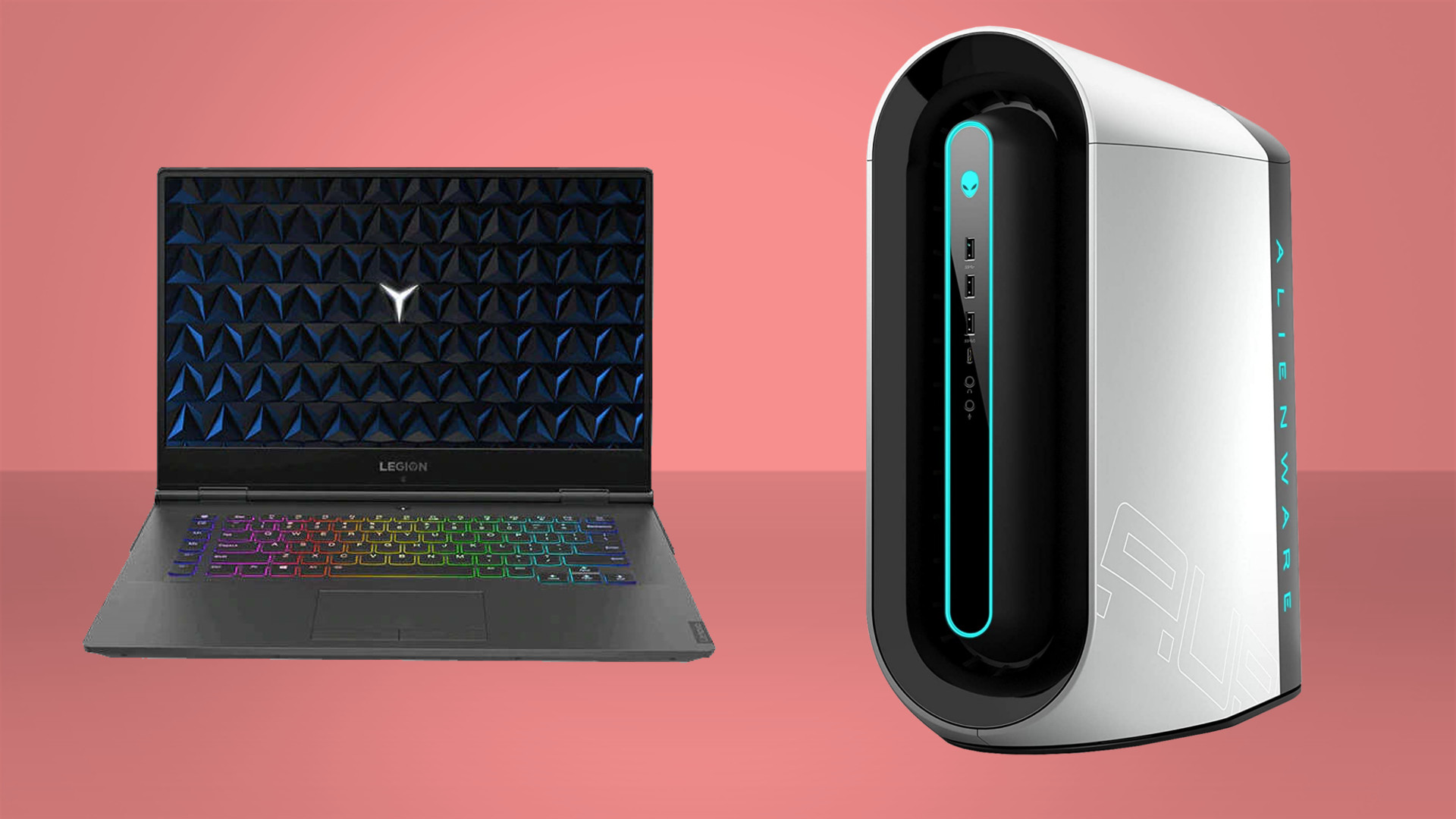Nvidia’s upcoming GeForce MX550 mobile GPU struggles to beat AMD Vega integrated graphics

Nvidia’s upcoming mobile GPU, the GeForce MX550 has been spotted in the PassMark benchmark database. This chip scored 5014 points in the G3D Mark test, which is just above the Vega 8 GPU found in the AMD Ryzen 9 5900HS and just below a desktop GTX 1050.
The result, spotted by @TUM_APISAK (via Techradar) shows that the MX550 is not exactly a gaming powerhouse and struggles to compete with integrated graphics solutions.
MX550https://t.co/0sS202hEte pic.twitter.com/29aKjeiP2vFebruary 7, 2022
The GeForce MX550 is expected to launch in the coming months. It’s based on the 12nm Turing generation TU117 GPU, which is found in the desktop GTX 1650 and GeForce MX450 among others. It’s expected to come equipped with 1024 active shaders and 2GB or 4GB of GDDR6 memory. The TDP figure hasn’t been disclosed, though we’d expect it to end up around the 35W mark, which is 10W more than the similar MX450.
On the bright side, the MX550 easily beats out the MX450 in PassMark, scoring 5014 to 3274. Of course, it’s hard to judge too much from a single PassMark result. While we’re happy with the generational uplift, we have to wonder what place there is for the MX550 and for that matter, entry level discrete GPUs at all.

(Image credit: Future)
Best gaming PC: the top pre-built machines from the pros
Best gaming laptop: perfect notebooks for mobile gaming
The competition for the MX550 isn’t the MX450, but integrated graphics and Intel’s own upcoming entry level Arc Alchemist GPUs. It barely matches AMD’s aging Vega integrated graphics and it almost certainly won’t be fast enough to beat AMD 6000 series laptops with RDNA2 graphics.
Nvidia’s faster laptop GPUs will remain desirable for the gaming performance they offer, but we’re left wondering how Nvidia can have much of an impact outside of the gaming market. There’s a risk that Nvidia will bleed market share in the face of strong competition in the entry and mid range markets.
Just imagine how different things might be if Nvidia managed to buy ARM, as without an x86 CPU license, Nvidia may find it increasingly difficult to muscle its way into mainstream systems that feature AMD and Intel CPUs and GPUs.
Never write off a company like Nvidia though.

